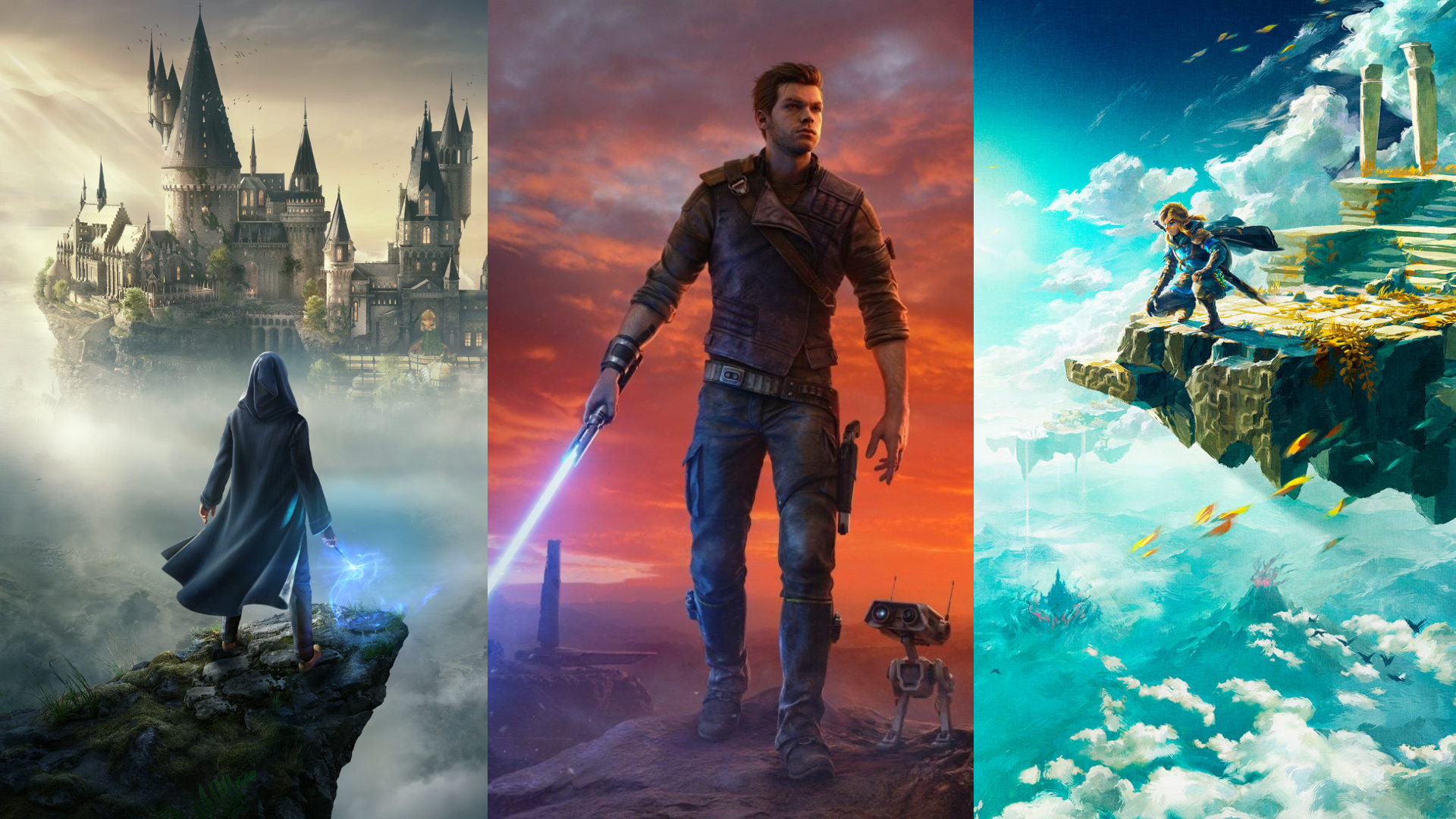Games are not only an expensive hobby but also costly to make. But is $70 becoming the standard price to charge for new titles?
The cost of development is now higher than ever, thanks to more sophisticated technology, an industry focus on open-world design, programmer/artist salaries, and a demand for ongoing live services once a title is released.
History of Prices
Even though the $59.99 price tag has mainly remained dominant in the industry for the past 15 years or so, it actually represents a $10 increase over the previous threshold of $49.99.
According to a timeline by Techraptor, the prices have steadily increased over 40 years. Here’s the track record thus far.
8-Bit Era (Generation 3)

Console examples: Nintendo Entertainment System (NES), SG-1000
Average game price: $44.99
The 8-Bit Era, also referred to by some as the third generation of video game systems, is where most claim the industry began to standardize in every form. It was the time of the NES and the birth of iconic franchises like Super Mario Bros. and The Legend of Zelda.
16-Bit Era (Generation 4)
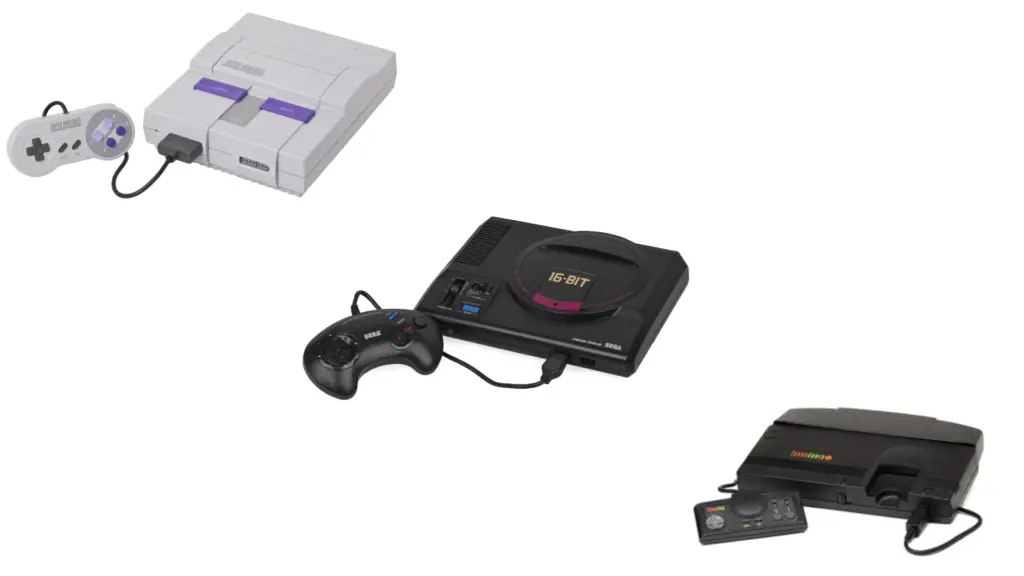
Console examples: Super Nintendo Entertainment System (SNES), Sega Genesis, TurboGrafx 16
Average game price: $49.99
The 16-Bit Era, also referred to by some as the fourth generation of video game systems, is where games evolved in terms of graphics and quality. It saw the birth of franchises like Sonic the Hedgehog and Mario Kart.
32-Bit Era (Generation 5)
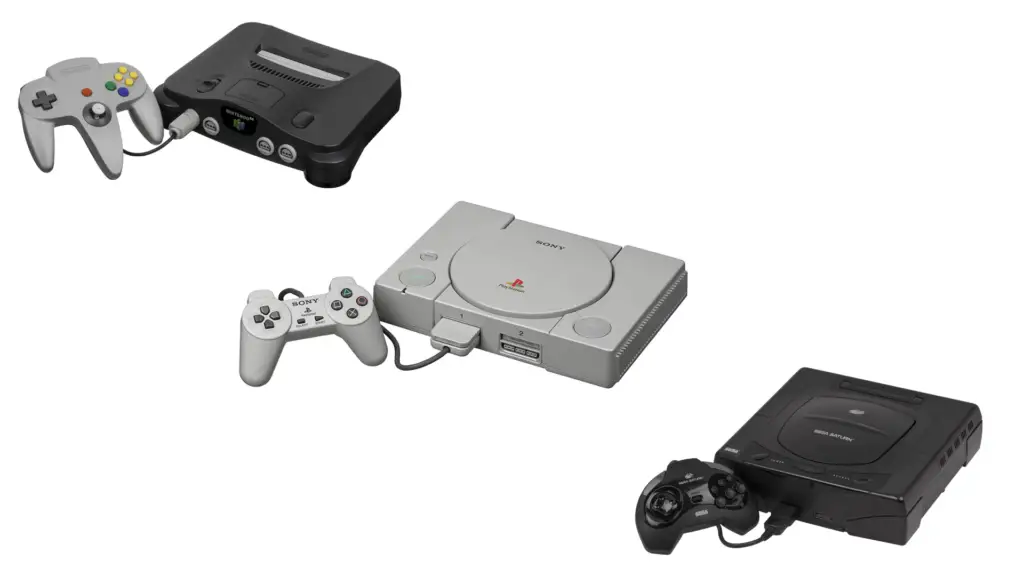
Console examples: Nintendo 64 (N64), Sony PlayStation (PS1), Sega Saturn
Average game price: $49.99
The 32-Bit Era, also referred to by some as the fifth generation of video game systems, is when the industry made the full jump to 3D graphics with texture mapping and analog controllers. It saw the birth of franchises like Crash Bandicoot, Super Smash Bros., and Virtua Fighter.
128-Bit Era (Generation 6)
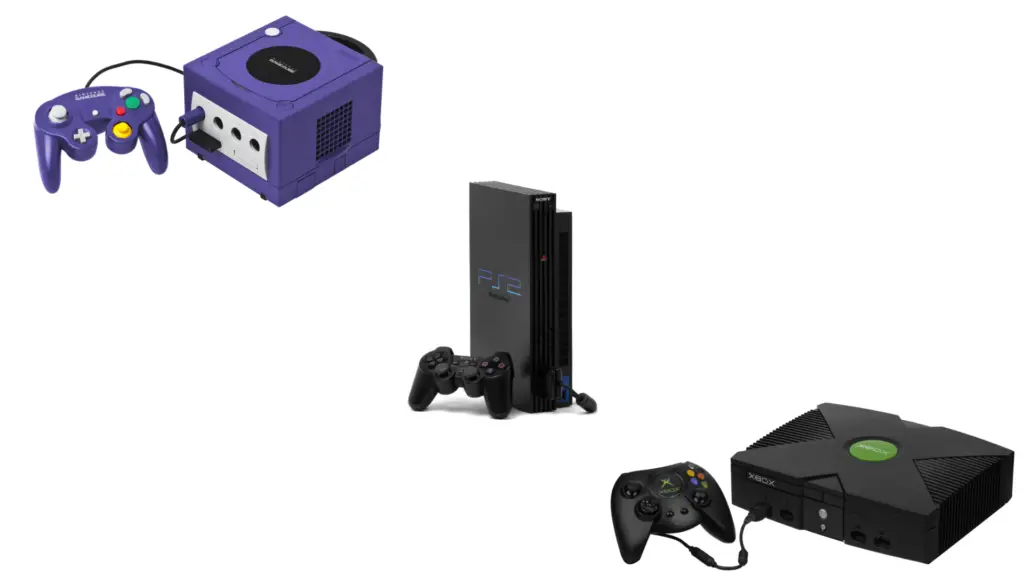
Console examples: Nintendo GameCube (GC), Sony PlayStation 2 (PS2), Xbox
Average game price: $49.99
The 128-Bit Era, also referred to by some as the sixth generation of video game systems, is where 3D graphics saw massive improvements, and games started embracing discs over cartridges due to expanded storage.
The HD Era (Generation 7 + 8)
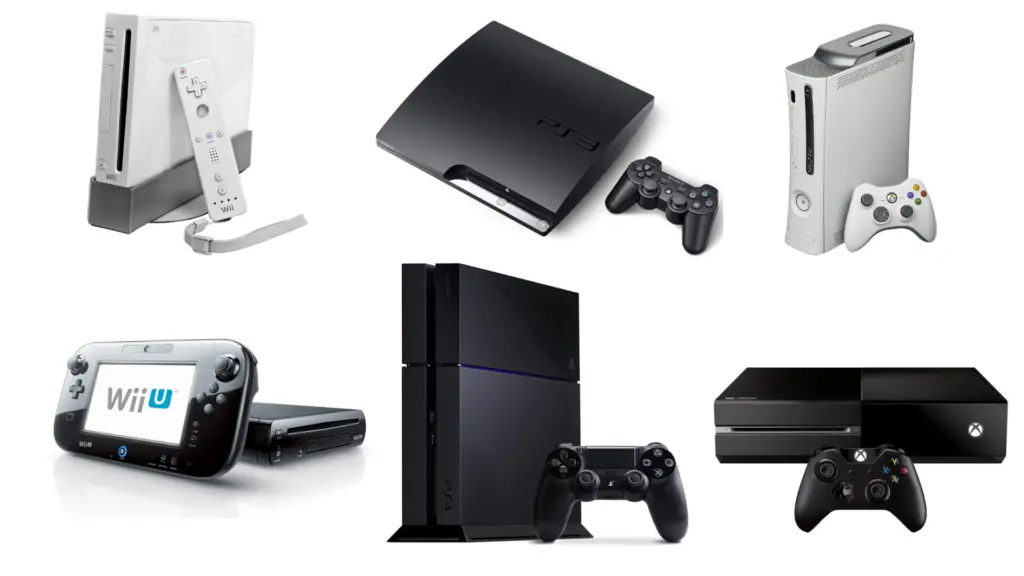
Console examples (Gen 7): Nintendo Wii, Sony PlayStation 3 (PS3), Xbox 360
Console examples (Gen 8): Nintendo Wii U, Sony PlayStation 4 (PS4), Xbox One
Average game price: $59.99
The HD Era, also referred to by some as the seventh and eighth generation of video game systems, is when all consoles began to embrace online multiplayer and high-definition graphics. Digital distribution became increasingly popular.
The Current Era (Generation 9)
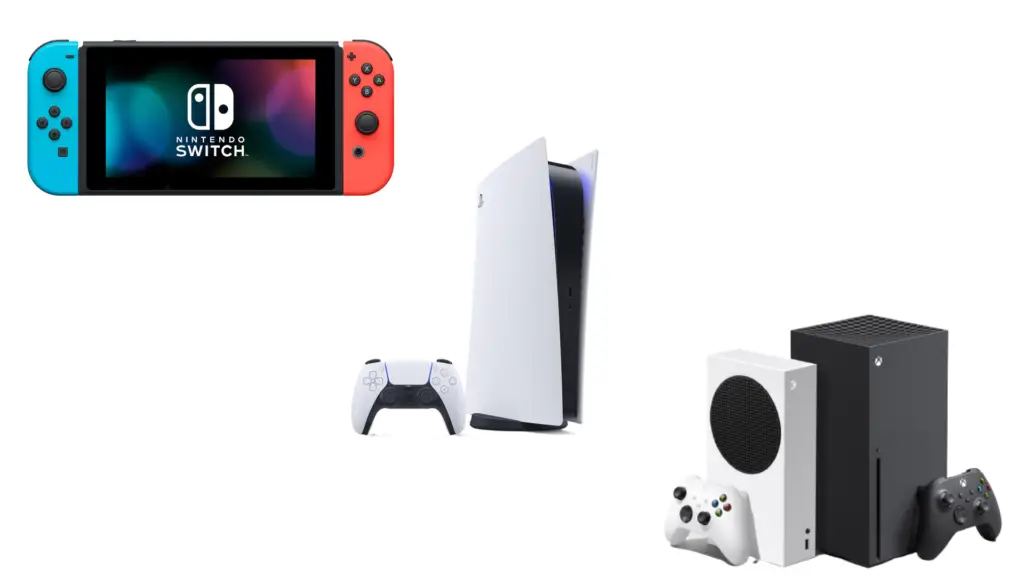
Console examples: Nintendo Switch, PlayStation 5, Xbox Series X|S
Average game price: $69.99
The current era, also referred to by some as the ninth generation of video game systems.
This is where games continue to push the envelope towards CGI-realism and motion capture, with massive open worlds, hundreds of hours of entertainment, and ongoing live services for updates and patches.
Where we stand today
In 2023, we continue to see more and more major releases debut with a $70 price tag for the standard edition of the game. Furthermore, deluxe editions and other bonus versions charge between $10-$15 more on top of the base MSRP to acquire what is advertised as “exclusive bonuses.”
Some of the best examples of modern titles demanding the $70 price tag are as follows:
- Hogwarts Legacy (PS5/Series X|S)
- Star Wars Jedi: Survivor (PS5/Series X|S)
- The Legend of Zelda: Tears of the Kingdom (Switch)
What’s interesting about all of these examples is that the $70 price tag for the standard edition only applies to the console version of the games and not the PC version (if it exists).
Some people theorize it’s due to a lack of licensing fees on PC. However, in order to keep your software product listed in big digital distribution marketplaces like Steam, you are required to provide royalties to the platform up to a certain percentage on every sale.
Going forward, given economic inflation especially, it’s inevitable that the $70 price tag will be here to stay, even though it hasn’t fully caught on quite yet.

